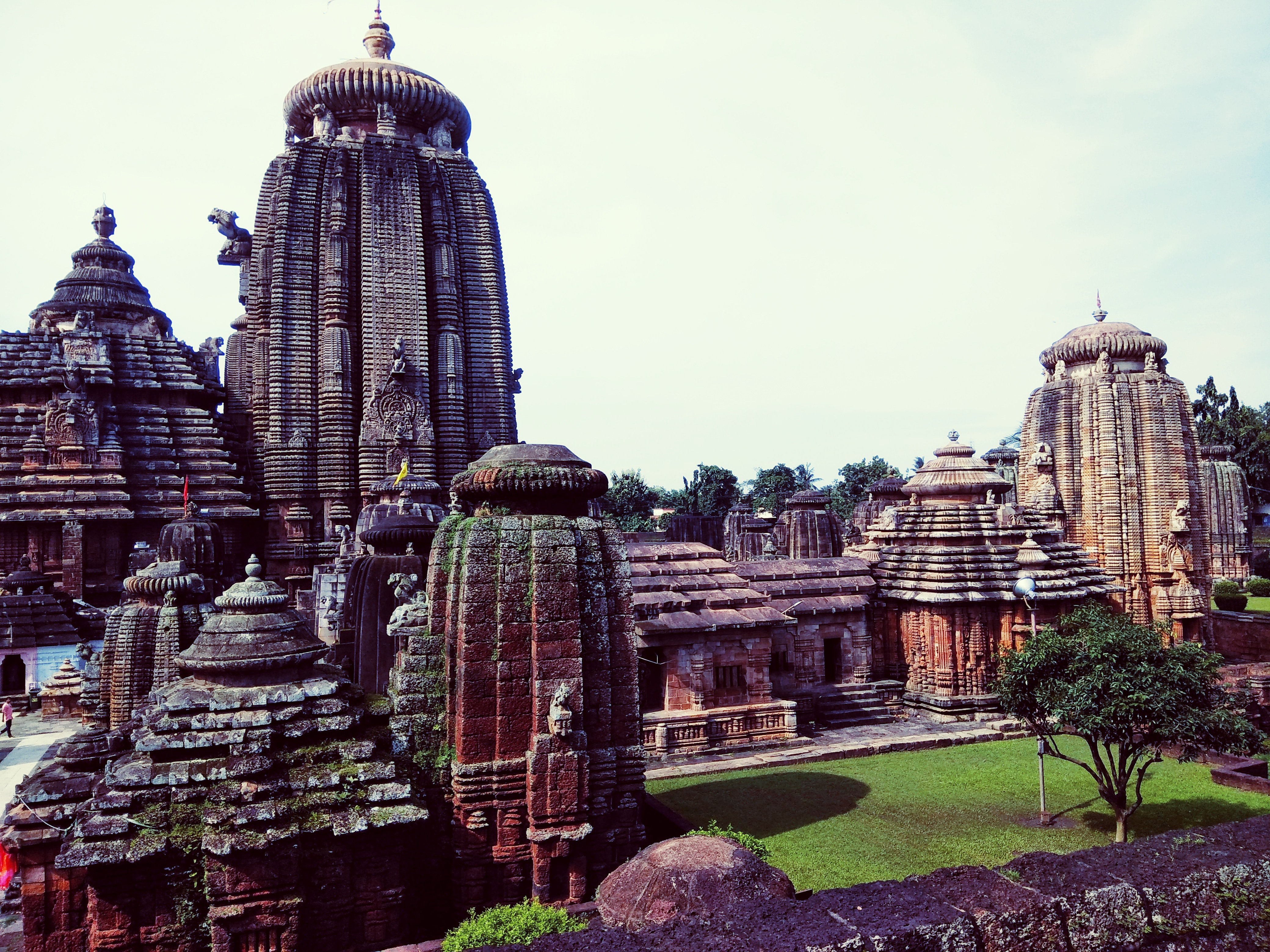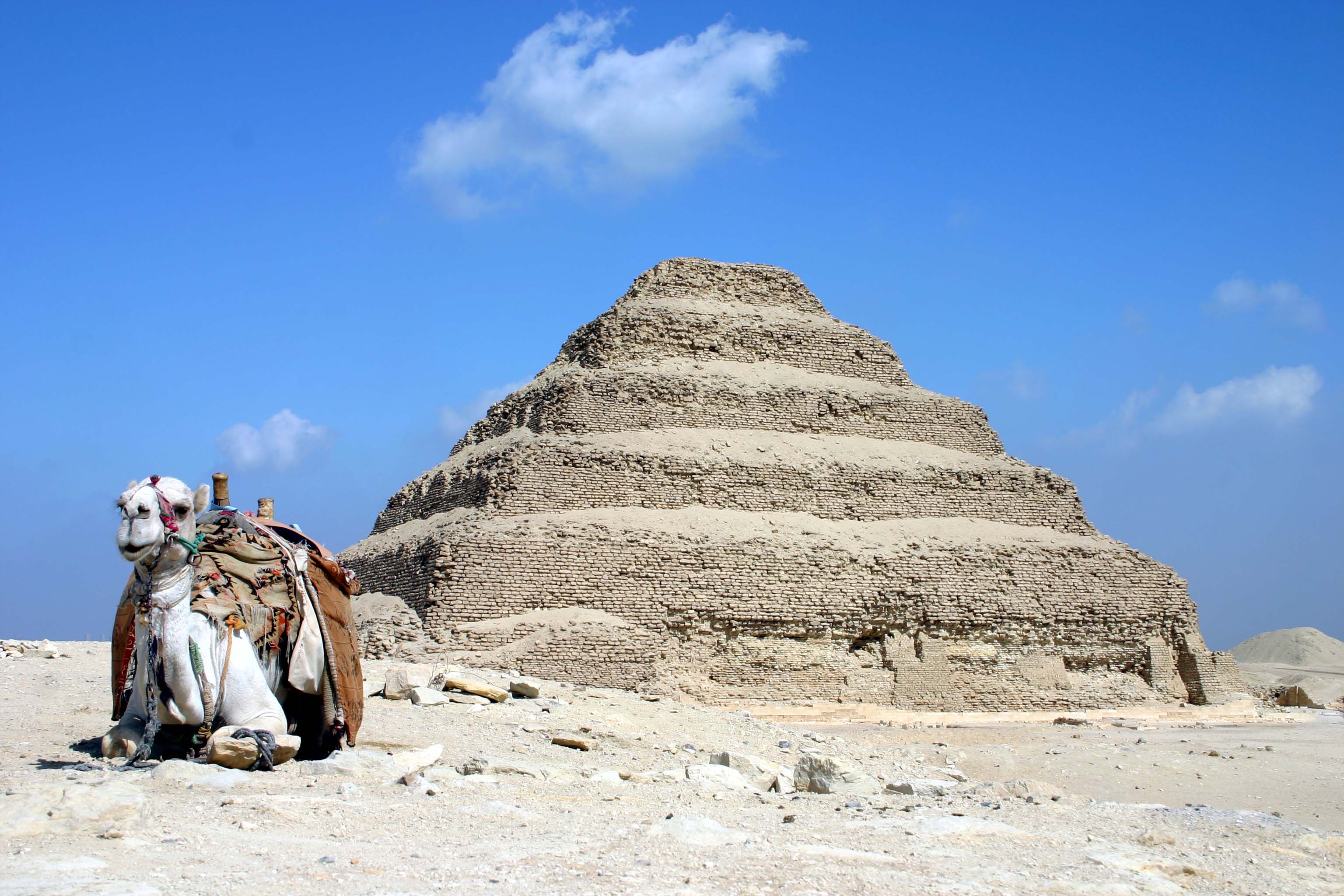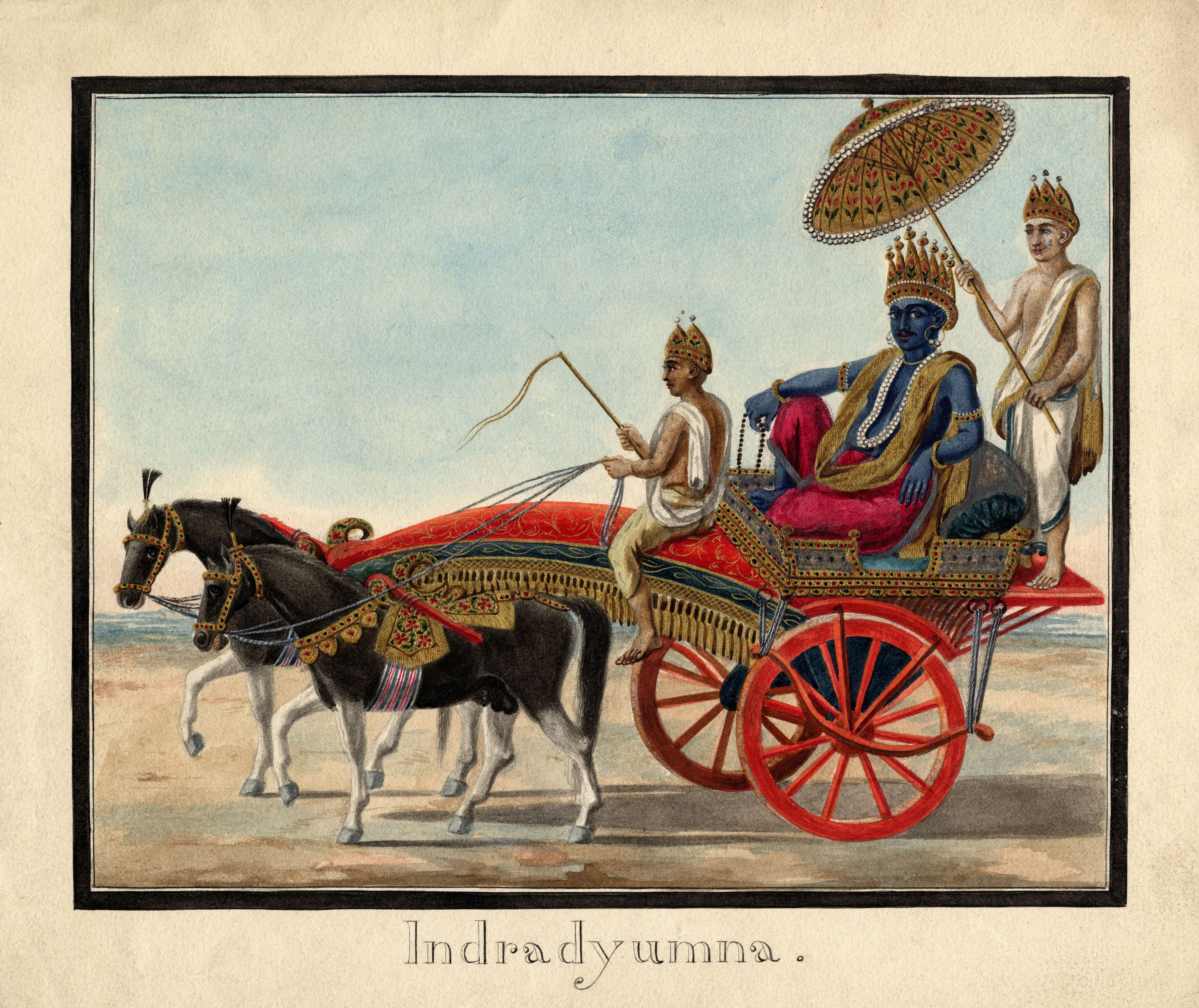|
Ratha (architecture)
In Hindu temple architecture, a ''ratha'' is a facet or vertical offset projection on the plan of a structure, in particular of the ''shikhara'' above the sanctum. The term has the same meaning when applied to the forms of the bases of statues. A ''ratha'' is generally carried up from the bottom of the temple to the superstructure. The corners of each ratha touch notional circles on the plan of the temple, centred on the murti or cult image inside the sanctum. The sides are oriented along the main horizontal axis of the temple (normally running east–west) or at right angles to it, generating (except around the entrance to the sanctum) a multi-faceted plan that harmonizes the square and the circle, becoming more circular in overall shape as the number of rathas increases. The rathas (facets) may be decorated with geometric figures or statues, such as statues of a gatekeeper watching outside or a niche with a statue of a deity. Sometimes, the facet of the ratha is hollowed to ... [...More Info...] [...Related Items...] OR: [Wikipedia] [Google] [Baidu] |
Lingaraja Temple
Lingaraja Temple is a Hindu temple dedicated to Shiva and is one of the oldest temples in Bhubaneswar, the capital of the Indian state of Odisha, India. The temple is the most prominent landmark of Bhubaneswar city and one of the major tourist attractions of the state. The Lingaraja temple is the largest temple in Bhubaneswar. The central tower of the temple is tall. The temple represents the quintessence of the Kalinga architecture and culminating the medieval stages of the architectural tradition at Bhubaneswar. The temple is believed to be built by the kings from the Somavamsi dynasty, with later additions from the Ganga rulers. The temple is built in the ''Deula'' style that has four components namely, ''vimana'' (structure containing the sanctum), ''jagamohana'' (assembly hall), ''natamandira'' (festival hall) and ''bhoga-mandapa'' (hall of offerings), each increasing in the height to its predecessor. The temple complex has 50 other shrines and is enclosed by a large com ... [...More Info...] [...Related Items...] OR: [Wikipedia] [Google] [Baidu] |
Architectural Elements
:''The following outline is an overview and topical guide to architecture:'' Architecture – the process and the product of designing and constructing buildings. Architectural works with a certain indefinable combination of design quality and external circumstances may become cultural symbols and / or be considered works of art. What ''type'' of thing is architecture? Architecture can be described as all of the following: * Academic discipline – focused study in one academic field or profession. A discipline incorporates expertise, people, projects, communities, challenges, studies, inquiry, and research areas that are strongly associated with the given discipline. * Buildings – buildings and similar structures, the product of architecture, are referred to as architecture. * One of the arts – as an art form, architecture is an outlet of human expression, that is usually influenced by culture and which in turn helps to change culture. Architecture is a ... [...More Info...] [...Related Items...] OR: [Wikipedia] [Google] [Baidu] |
Vamana Temple, Khajuraho
Vamana temple (Devanagri:वामन मंदिर) is a Hindu temple dedicated to Vamana, an avatar of the god Vishnu. The temple was built between assignable to circa 1050-75. It forms part of the Khajuraho Group of Monuments, a UNESCO World Heritage Site. Location The temple is located in the eastern area of Khajuraho. It is situated about 200 meters to the north-east to Brahma Temple. Architecture It has a sanctum, vestibule, maha-mandapa with lateral transepts and an entrance-porch. Gallery Image:Khajuraho India, Vamana Temple 02; Photographed 10-March-2012.JPG, Image:Khajuraho India, Vamana Temple, Main Idol; Photograhed on 10-March-2012.JPG, Vamana Idol in Sanctum Image:Khajuraho India, Vamana Temple, Varaha Sculpture.JPG, Varaha Varaha ( sa, वराह, , "boar") is an avatar of the Hindu god Vishnu, in the form of a boar. Varaha is generally listed as third in the Dashavatara, the ten principal avatars of Vishnu. Varaha is most commonly associated wi ... [...More Info...] [...Related Items...] OR: [Wikipedia] [Google] [Baidu] |
Adinatha Temple, Khajuraho
Adinatha temple (IAST: Ādinātha Mandir) is a Jain temple located at Khajuraho in Madhya Pradesh, India. It is dedicated to the Jain tirthankara Adinatha, although its exterior walls also feature Hindu deities. This temple is part of UNESCO World Heritage Site along with other temples in Khajuraho Group of Monuments. History The Adinatha temple is dated to the late 11th century CE. It was probably constructed slightly later than the Vamana temple. In the garbhgraha, there is a black schist (or basalt) statue of Lord Adinath with a three line inscription. It gives the date (samvat 1215 (1158 AD). It gives the name of the donor as Kumarnandi and the sculptor as Ramaveva. It mention that Kumarnandi was the disciple of Bhanukirti, who was disciple of Rajanandi, who was disciple of Ramachandra of Mula Sangha. The inscription includes 3 shardulavikridita verses in literary Sanskrit. .L Nagarch, Jaina Inscriptions of Khajuraho, In Hīrālāla Jaina Smriti Granth, Dharmacandra Jai ... [...More Info...] [...Related Items...] OR: [Wikipedia] [Google] [Baidu] |
Katmandou
, pushpin_map = Nepal Bagmati Province#Nepal#Asia , coordinates = , subdivision_type = Country , subdivision_name = , subdivision_type1 = Province , subdivision_name1 = Bagmati Province , subdivision_type2 = District , subdivision_name2 = Kathmandu , established_title = , founder = Manjushri , parts_type = No. of Wards , parts = 32 , seat_type = , seat = , government_footnotes = , government_type = Mayor–council government , governing_body = Kathmandu Metropolitan Government, , leader_title = Mayor , leader_name = Balendra Shah ( Ind.) , leader_title1 = Deputy mayor , leader_name1 = Sunita Dangol (UML) , leader_title2 = Executive Officer , leader_name2 = Basanta Adhikari , unit_pref = ... [...More Info...] [...Related Items...] OR: [Wikipedia] [Google] [Baidu] |
Swayambhunath
Swayambhu (Devanagari: स्वयम्भू स्तूप; new, स्वयंभू; sometimes Swayambu or Swoyambhu) is an ancient religious complex atop a hill in the Kathmandu Valley, west of Kathmandu city. The Tibetan name for the site means 'Sublime Trees' ( Wylie: ''Phags.pa Shing.kun''), for the many varieties of trees found on the hill. However, ''Shingkun'' may be of the local in Tamang Bhasa name for the complex, Swayambhu, meaning 'self-sprung'. For the Buddhist Newars, in whose mythological history and origin myth as well as day-to-day religious practice Swayambhunath occupies a central position, it is probably the most sacred among Buddhist pilgrimage sites. For Tibetans and followers of Tibetan Buddhism, it is second only to Boudha. Swayambhunath is the Hindu name. The complex consists of a stupa, a variety of shrines and temples, some dating back to the Licchavi period. A Tibetan monastery, museum and library are more recent additions. The stupa has Bud ... [...More Info...] [...Related Items...] OR: [Wikipedia] [Google] [Baidu] |
Puri
Puri () is a coastal city and a Nagar Palika, municipality in the state of Odisha in eastern India. It is the district headquarters of Puri district and is situated on the Bay of Bengal, south of the state capital of Bhubaneswar. It is also known as ''Sri Jagannatha Dhama'' after the 12th-century Jagannath Temple (Puri), Jagannath Temple located in the city. It is one of the original Char Dham pilgrimage sites for Hindus. Puri is known by several names since the ancient times, and was locally known as "Sri Kshetra" and the Jagannath temple is known as "Badadeula". Puri and the Jagannath Temple were invaded 18 times by Muslim rulers, from the 7th century AD till the early 19th century with the objective of looting the treasures of the temple. Odisha, including Puri and its temple, were part of British India from 1803 till India attained independence in August 1947. Even though princely states do not exist in India today, the heirs of the House of Gajapati still perform the ... [...More Info...] [...Related Items...] OR: [Wikipedia] [Google] [Baidu] |
Jagannath Temple, Puri
The Jagannath Temple is an important Hindu temple dedicated to Jagannath, a form of Vishnu - one of the Trimurti, trinity of supreme divinity in Hinduism. Puri is in the state of Odisha, on the eastern coast of India. The present temple was rebuilt from the tenth century onwards, on the site of pre existing temples in the compound but not the main Jagannatha temple, and begun by Anantavarman Chodaganga, the first king of the Eastern Ganga dynasty. The Puri temple is famous for its annual Ratha Yatra, or chariot festival, in which the three principal murti, deities are pulled on huge and elaborately decorated temple cars. Unlike the stone and metal icons found in most Hindu temples, the image of Jagannath (which gave its name to the English term 'juggernaut') is made of wood and is ceremoniously replaced every twelve or 19 years by an exact replica. It is one of the Char Dham pilgrimage sites. The temple is sacred to all Hindus, and especially in those of the Vaishnavism, Vai ... [...More Info...] [...Related Items...] OR: [Wikipedia] [Google] [Baidu] |
Khajuraho
Khajuraho () is a city, near Chhatarpur in Chhatarpur district of the Indian state of Madhya Pradesh. One of the most popular tourist destinations in India, Khajuraho has the country's largest group of medieval Hindu and Jain temples, famous for their erotic sculptures. The Khajuraho Group of Monuments has been listed as a UNESCO World Heritage Site since 1986 and is considered one of the "seven wonders" of India. The town's name, anciently "Kharjuravahaka", is derived from the Sanskrit word ''kharjur'' meaning " date palm". History The region was historically part of many kingdoms and empires. The earliest known power to have had Khajuraho in its territory were the Vatsa. Their successors in the region included the Mauryans, Sungas, Kushans, Nagas of Padmavati, the Vakataka dynasty, the Guptas, the Pushyabhuti dynasty, and the Gurjara-Praithara dynasty. It was specifically during the Gupta period that architecture and art began to flourish in this region, although their su ... [...More Info...] [...Related Items...] OR: [Wikipedia] [Google] [Baidu] |
Lakshmana Temple, Khajuraho
The Lakshmana Temple is a 10th-century Hindu temple built by Yashovarman located in Khajuraho, India. It is dedicated to Vaikuntha Vishnu - an aspect of Vishnu. Location This temple is located in the Western Temple complex in Khajuraho. Khajuraho is a small village in the Chhatarpur District of Madhya Pradesh, India. Architecture It is a Sandhara Temple of the Panchayatana Variety. The entire temple complex stands on a high platform ( Jagati), as seen in image. The structure consists of all the elements of Hindu temple architecture. It has entrance porch (ardh-mandapa), Mandapa, Maha-Mandapa, Antarala and Garbhagriha. Unlike other temples in Khajuraho, its sanctum is Pancharatha on plan (top-view). Its shikhara is clustered with minor urushringas (refer images of temple top i.e. shikhara). The wall portion is studded with balconied windows with ornate balustrades. It has two rows of sculptures (refer images of temple's outer wall) including divine figures, couples and er ... [...More Info...] [...Related Items...] OR: [Wikipedia] [Google] [Baidu] |
Bhubaneswar
Bhubaneswar (; ) is the capital and largest city of the Indian state of Odisha. The region, especially the old town, was historically often depicted as ''Ekamra Kshetra'' (area (''kshetra'') adorned with mango trees (''ekamra'')). Bhubaneswar is dubbed the "Temple City", a nickname earned because of the 700 temples which once stood there. In contemporary times, it has emerged as an education hub and an attractive business destination. Although the modern city of Bhubaneswar was formally established in 1948, the history of the areas in and around the present-day city can be traced to the 7th century BCE and earlier. It is a confluence of Hindu, Buddhist and Jain heritage and includes several Kalingan temples, many of them from 6th–13th century CE. With Puri and Konark it forms the 'Swarna Tribhuja' ("Golden Triangle"), one of Eastern India's most visited destinations. Ramesh Prasad Mohapatra, ''Archaeology in Orissa'', Vol I, Page 47, B. R. Publishing Corporation, Delhi, 1986, ... [...More Info...] [...Related Items...] OR: [Wikipedia] [Google] [Baidu] |






